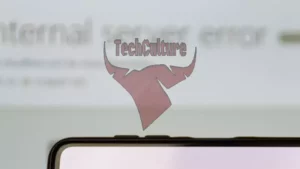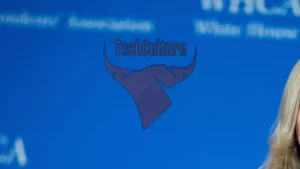Tesla’s “Full Self-Driving” Feature Under Regulatory Scrutiny
Tesla, the electric vehicle giant, is facing increased regulatory scrutiny over its controversial “Full Self-Driving” (FSD) feature. The National Highway Traffic Safety Administration (NHTSA) has launched an investigation into Tesla’s decision to rely solely on camera sensors for its autonomous driving technology, excluding LiDAR and radar systems used by competitors.
The investigation, which encompasses 2.4 million Tesla vehicles, comes in the wake of multiple collisions, including a fatal incident, allegedly involving the FSD feature. This probe highlights growing concerns about the safety and effectiveness of Tesla’s approach to autonomous driving.
While competitors like Waymo advance with their autonomous ride services, Tesla’s FSD has encountered significant challenges. Recent incidents have raised alarm bells, with reports of the system failing to detect obstacles and causing collisions.
The debate over sensor technology in autonomous vehicles has intensified, with Tesla CEO Elon Musk dismissing LiDAR and radar as unnecessary. However, experts argue that this camera-only approach may hinder Tesla’s progress in the self-driving arena, particularly in challenging weather conditions.
Industry analysts and safety experts have expressed concerns about the limitations of camera-only systems. Many suggest that the lack of additional sensors could significantly impact the effectiveness of FSD, especially in adverse weather situations where visibility is compromised.
The ongoing regulatory scrutiny is likely to delay Tesla’s plans for launching its robotaxi service, a key component of the company’s autonomous driving strategy. This setback could prove to be a significant obstacle to Tesla’s ambitious self-driving goals.
Despite substantial investments in AI and supercomputing to enhance FSD capabilities, the software remains underdeveloped. Elon Musk’s repeated promises of fully autonomous vehicles have yet to materialize, raising questions about the viability of Tesla’s current approach.
As the investigation unfolds, the automotive industry watches closely. The outcome could have far-reaching implications for the future of autonomous driving technology and the regulatory landscape surrounding it. Tesla’s ability to overcome these challenges will be crucial in determining its position in the rapidly evolving self-driving vehicle market.



